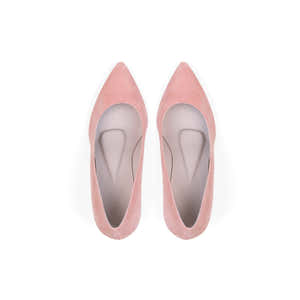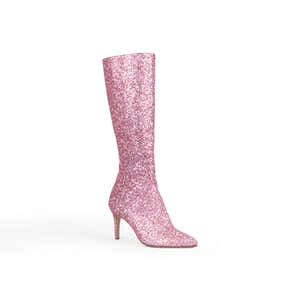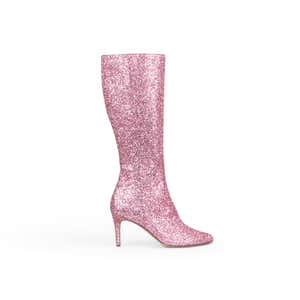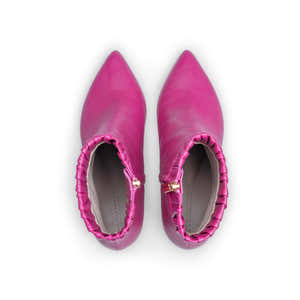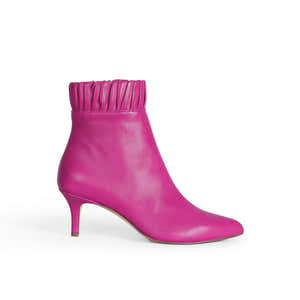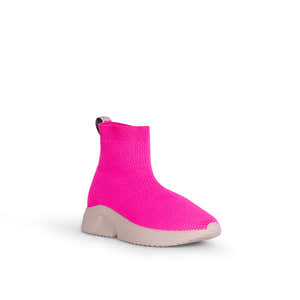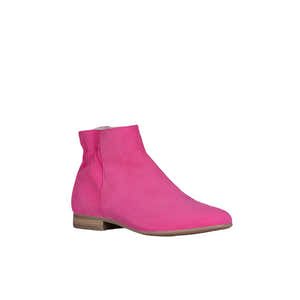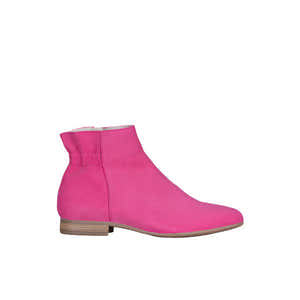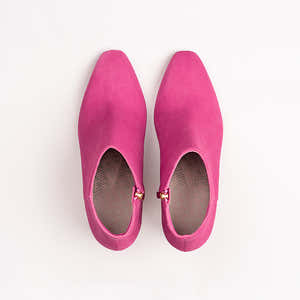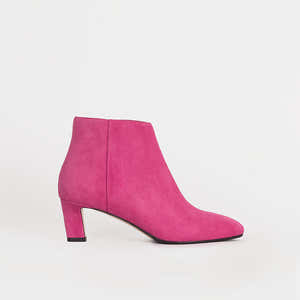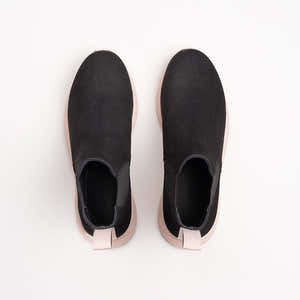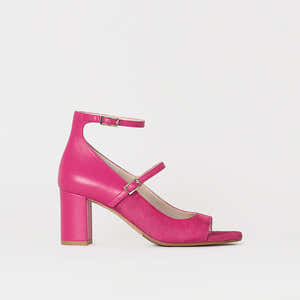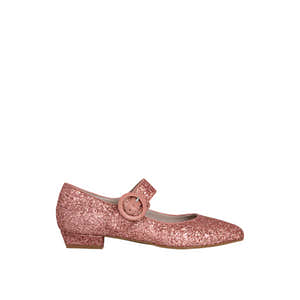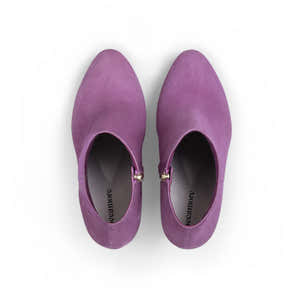What is the orgasm gap?
The orgasm gap refers to the difference in orgasms between men and women during sex. Research shows that heterosexual men orgasm far more often than their female partners - some studies point to a 3:1 ratio. But this imbalance is not due to biology, but rather society's misconceptions about women's desire and pleasure.
When women expect less from their sexual experiences, they will also desire less. To break this cycle, we must start by recognizing the gap and empowering women's right to pleasure.
HOW DID THE GAP ARISE?
Women's desire is often seen as complicated and intangible - when women don't orgasm, we blame anatomy - “the clitoris is hard to find ‘ or dismiss orgasm as less important for women - ’women crave intimacy more anyway”.
But women's bodies are not more difficult than men's, society has simply misunderstood what pleasure looks like from a female perspective. Research shows that women are just as capable of reaching orgasm. The gap occurs because society underestimates women's pleasure and sets lower expectations.
GENDER EQUALITY IN THE BEDROOM
Research shows that women and men are equally good at climaxing when they are alone. We also know that women who sleep with other women achieve significantly more orgasms than women who sleep with men, proving that the orgasm gap is actually a gendered issue.
Orgasms aren't just about pleasure; they improve sleep, reduce stress and boost self-esteem. By addressing the gap, we promote health and happiness for everyone.
But the more we talk about it, the closer we are to closing the gap and stepping into pleasure - with as many orgasms as we want.
Let's make it a PINK XMAS!



